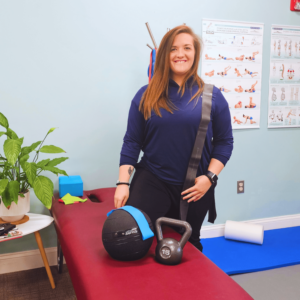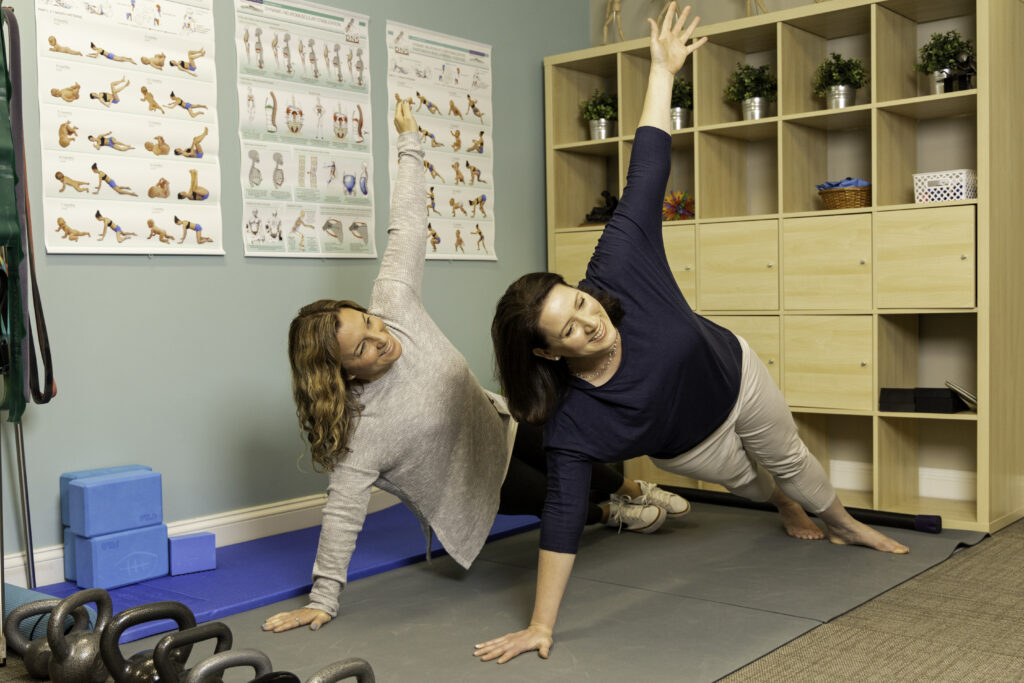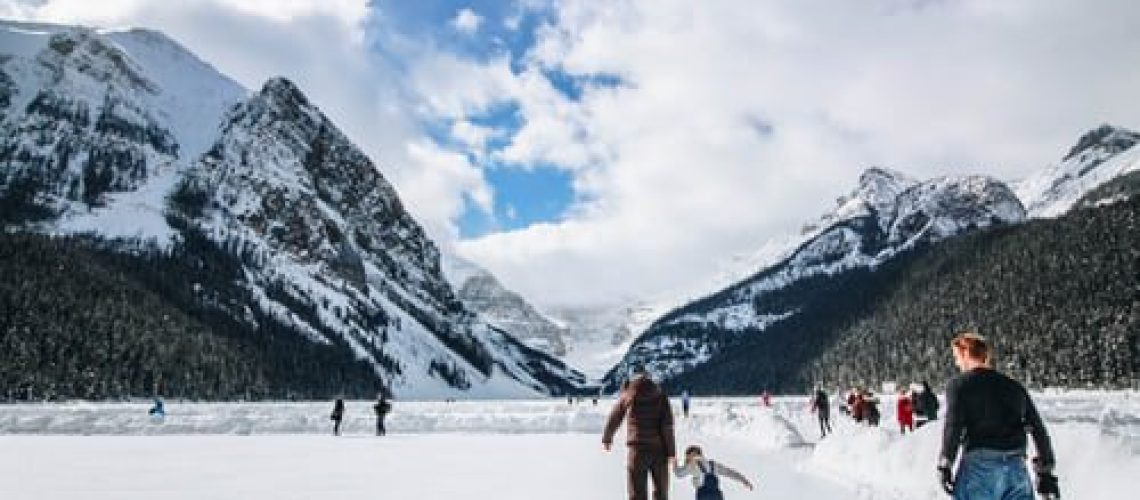Winter is here which means for many of us that it’s time to take out our skis, snowboards, skates, or sleds and head for the mountains! While the benefits of enjoying winter sports combined with fresh mountain air are too numerous to list, there are some risks involved as well. We need to plan ahead and take some precautions to avoid any serious winter sports injuries.
Prepare Before You Go
While our intention is to have exhilarating fun in the snow and then return home in one piece, it’s important to plan and prepare for all possible scenarios. Here are some suggestions on how to best prepare for your trip:
- Get in Shape – Like any other sport activity, make sure you’re up to the task! If you’re planning a skiing adventure, make sure you work on stretching and strengthening your muscles and your core several weeks before your trip. Be careful not to do anything beyond your skill and experience level.
- Don’t Go Alone – If you do get injured, you might not be able to get help on your own. Minimize this risk by bringing someone with you. Stay close enough to one another so you can react quickly if there is an accident.
- Take the Proper Gear – Make sure to take the proper protective gear – especially the right kind of helmet! You will work up a sweat, even in cold weather. Moisture-wicking layers of clothing will help keep you warm and dry. It’s important to be able to shed your layers if you start to overheat. Make sure your jacket is waterproof and take a roomy backpack for supplies. Clothes and shoes should fit comfortably, allowing for blood flow and freedom of movement.
- Bring First Aid – A first aid kit is essential in case there is an injury. Basics include assorted bandages, liquid skin bandage, a compact, foldable splint, gauze, latex gloves, scissors, antibiotic ointment and a pain killer.
- Pack a Change of Clothes: Take some extra clothes, hats, gloves, socks, etc. Hand warmers, an emergency blanket and a flashlight are a good idea too.
- Stay Hydrated – You sweat in cold weather too, so take plenty of water. Dehydration can lead to illness and other injuries.
In Case of Winter Sports Injuries
If in spite of taking all the necessary precautions, there is always the chance of an accident or experiencing a winter sports injury. If you do get injured, make sure to use common sense, take care of yourself, and get medical help as soon as possible. After ruling out any major issues such as a broken bone, dislocation or tear, most moderate strains, and sprains, pulled muscles, or even “pinched nerves” can be treated by us.
The question usually comes up: “Should I apply ice or heat?” Ice is always better for the first day or two if you need to manage pain and swelling. As we shared in a previous blog, the best healing process for recovering from strains and sprains is our peace and love method.
Peace is an abbreviation of the healing process we recommend:
- P is for Protect your injury and rest.
- E is for Elevate the area
- A is for Avoiding excess drugs and anti- inflammatory medication use
- C is for Compression which can limit painful swelling
- E is for Education – Listen to your body, and work with a professional who encourages you to actively participate in your healing process.
The L.O.V.E process is:
- L for Load – Get moving as soon as possible!
- O for Optimism – Proper mindset is crucial!
- V for Vascularization – Increase your blood flow.
- E for Exercise — Move however you can, as much as you can
Make sure to contact us to get the most thorough treatment and guidance for your injury. We are here to support your healing process on all levels, along with any needed follow up, so that your recovery is complete.





